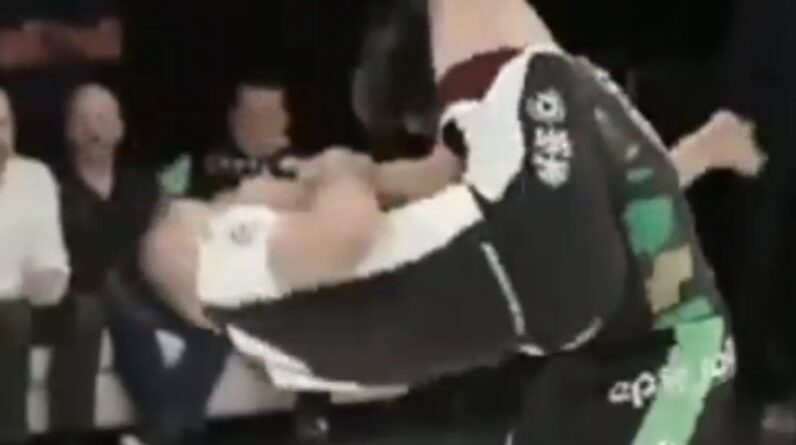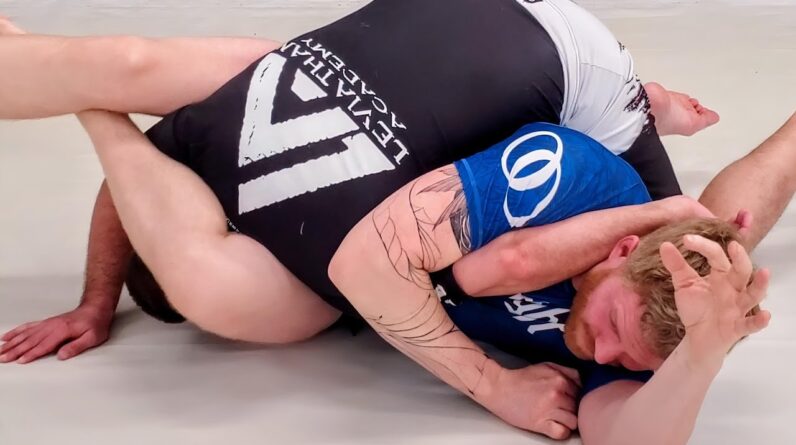The History of Taekwondo Unfolded
The earliest recorded indication of martial arts in Korea was discovered in the ceiling murals of the Muyong-Chong burial tomb discovered in 1935.
This tomb was dug up in the ancient Koguryo capital of Tungku. Because Tungku was the capital only until 427AD so it can be concluded that the tomb was constructed between 3AD ~ 427AD.
The murals on the ceiling of the tomb showed two men practicing an early form of Taekwondo and other decorations. Other tombs in the area have murals with similar images.
In the Sambo-chong tomb, there appeared a picture of a man wearing a costume similar to today’s Taekwondo uniform; loose trousers and a jacket held together with a belt tied around the mid-section. The man was depicted in a stance characteristic of Taekwondo with one hand blocking high and the other low.
The fact that these figures appear in such tomb paintings proves that Taekwondo may already be established during this time and may also be a popular activity.
The various murals also show that the practice of the early forms of Taekwondo was not limited to noblemen or warriors but was also practiced by peasants and farmers.
Historical records indicate that the format and judgment of martial arts contests became fairly standardized with elements of sparring (kyorugi) and breaking (kyokpa) competition.
Many examples shown in historical documents tell of impressive feats of skill and strength during such competitions. The kings of Koryo dynasty showed great interest in Taekwondo, encouraging its’ development and supporting the contests.
Accordingly, Taekwondo became popular among the general population also.
However, as the military became more reliant on gunpowder and new weapons, the support for this early form of Taekwondo subsided and the martial art maintained its’ existence through the contests and games held by the general public between villages and provinces.
During the Japanese occupation of Korea, colonial rule tightened its’ grip on the Korean economy and the people. Japanese businesses were given preferential treatment and took advantage of Korea’s natural resources.
Local Korean customs, particularly the practice and teaching of any form of martial arts were banned although many still practiced Taekwondo in secret.
During this period the Japanese took some of the Korean masters to Japan and made them teach techniques to the Japanese military. A number of Taekwondo techniques were introduced and incorporated into the Japanese martial art of Karate.
Later, in 1943, after suppressing Korea’s own martial art, the Japanese introduced Karate to Korea and allowed the teaching and practice of this martial art to the Korean people.
Following the end of the second World War, Japan also, at last surrendered unconditionally and on August 15, 1945, Korea was finally liberated from Japanese colonial rule.
Because of the suddenness of Korea’s liberation from the harsh rule of Japan the people were unprepared for immediate self-government. Divisions of ideology existed between pro-democratic and pro-Communist groups.
Then Soviet Union invaded Korea from the north and this was followed by U.S. forces landing at Inchon and stationing troops throughout Seoul and the southern half of the peninsula. Thus the country became divided.
Many Koreans tried to revitalize interest in the traditional martial art of Subak (Taekwondo) and in 1946 a conference was held to discuss the development of the art and the integration of the various ‘kwans’ or schools.
Taekwondo gymnasiums began opening throughout Korea and once again the martial art found popularity.
The Korean Taekwondo Association was officially formed in 1961 and many Masters traveled to foreign countries in order to promote Taekwondo internationally.
After appearing as a demonstration sport at the 1988 Olympics in Seoul, and the 1992 Olympics in Barcelona, Taekwondo was accepted as an official Olympic sport in September 1994 and makes its’ debut as an official sport at the 2000 Olympic Games in Sydney, Australia.


